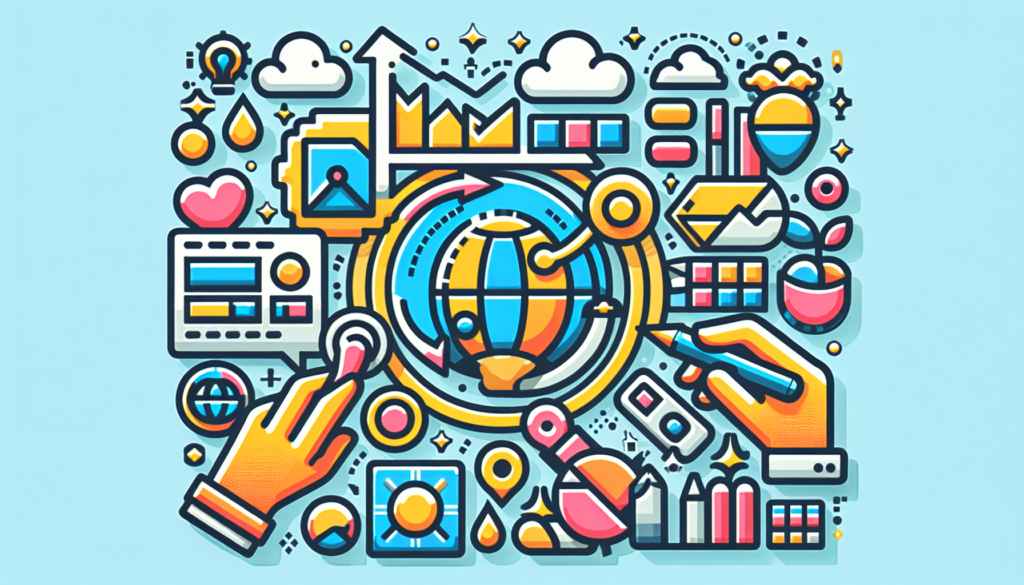In the digital era, icon design has become a critical communicational tool in user-platform interaction, transcending its aesthetic functionality to focus on improving user experience (UX). Icons act as visual anchors, silent guides that orient and convey complex meanings in limited digital spaces. This article delves into the depths of icon design, highlighting advanced techniques, fundamental practices, and emerging trends that are redefining the way icons enrich visual communication on websites.
Principles of Icon Design
Effective icon design relies on four fundamental principles: simplicity, recognizability, consistency, and context. With simplicity, designers seek visual clarity, eliminating superfluous details that may confuse the user. Recognizability involves the instantaneous identification of the icon, often resorting to universal references. As for consistency, it refers to the stylistic harmony among all the icons used on a website, and finally, context underscores the importance of icons being relevant to the environment in which they are deployed.
Technical Advances in Icon Design
The development of vector technology and scalable graphics (SVG) has been fundamental for the advancement of icon design. The ability to scale icons without loss of quality has allowed for greater adaptability across different devices and screen sizes. Design systems like Atomic Design have introduced methodologies where icons are conceived as atoms, that is, as fundamental components within a broader digital ecosystem.
Adaptive and Responsive Iconography
Today, icons are not only static and universal. Responsive iconography dynamically adapts according to the user’s context. This adaptability can range from color and shape change to the total transformation of the icon to improve legibility and communicational effectiveness in different resolutions and devices.
Artificial Intelligence in Icon Creation
Artificial intelligence (AI) has begun to influence the field of graphic design, including icon design. AI-assisted design tools can suggest modifications, create variations, and optimize the design for different contexts more quickly and efficiently than traditional methods.
Practical Applications: Case Studies
Google Material Design: Google materializes the cohesion between aesthetics and functionality with its Material Design system. Icons are governed by principles of light, surface, and movement, providing users with an intuitive and fluid experience.
Apple Human Interface Guidelines: Apple places a particular emphasis on simplicity and clarity. Its guidelines for icon design require a balance between familiarity and originality, ensuring that the icons are both innovative and comprehensible.
Comparative with Previous Works
Historically, digital icons have evolved from individually edited pixels in bitmap formats to the current vector masterpieces filled with animations and details. Compared with the early days of web design, there is a movement toward minimalism and standardization, evidenced by the prevalence of design systems that employ a modular logic and grids for icon creation.
Projections and Future Innovations
With the incursion of augmented reality (AR) and virtual reality (VR), icons face the challenge of functioning in three dimensions. This evolution will require approaches that consider spatiality and interactivity in-depth. Additionally, icon personalization is emerging as a trend, where AI can adjust icon design in real time to adapt to individual user preferences and needs.
Conclusions
To communicate effectively in the digital realm, designers must understand and apply the technical and theoretical principles of icon design in the context of constant technological change. Icons must be designed not only to be aesthetically pleasing but to function seamlessly across a variety of platforms and to adapt to the emerging preferences of users. The integration of AI and advances in vector graphics will continue to revolutionize the way icons enhance usability and visual communication on websites. By paying attention to these aspects, professionals can ensure that the icons they design not only fulfill their purpose but do so in a way that is thoughtful, resonant, and above all, functional.

